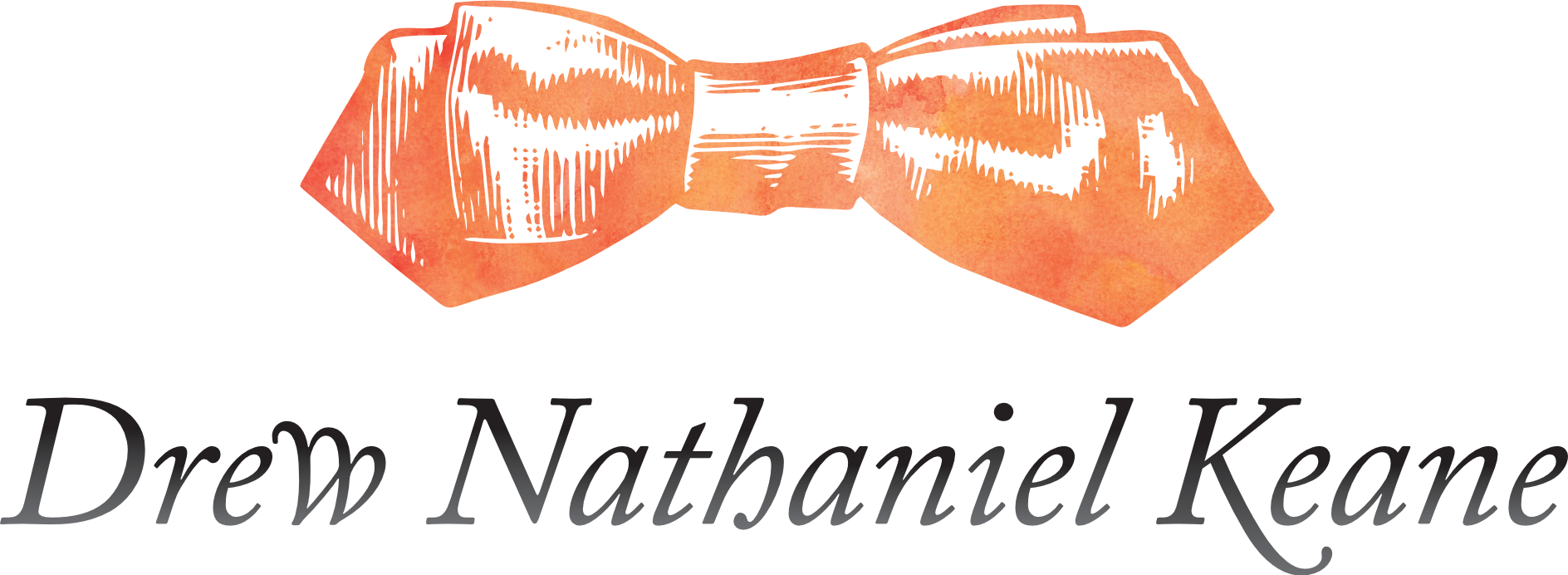Identification, division, and signs
Kenneth Burke wrote in A Rhetoric of Motives, “Put identification and division ambiguously together, so that you cannot know for certain just where one ends and the other begins, and you have the characteristic invitation to rhetoric. . . . The wavering line between the two cannot be ‘scientifically’ identified.”
We have rhetoric because we have both division and a drive towards identification. Rhetoric is a means for pursing both identification and division and each instance of one seems to necessarily involve the other as connected as light and shadows.
Burke attempt here to come to terms with rhetoric bears striking similarities to Augustine’s discussion of sings (in the sense of language and sacraments) in De Musica VI and De Genesi contra Manichaeos II. Pre-lapsarian humanity (that is, before the fall) enjoyed direct interior communion with God and each other. Signs became necessary after the fall as means to communicate across the isolating division caused by sin, that is, a means of identification, but also, because of the indirectness of union mediated through signs, they serve to prevent the total domination of one person over another, in other words, a means of division.
Burke called humanity the sign-using or symbol-using animal — I wonder if he had Augustine’s discourse on signs in mind when he formulated that definition. The questions warrants further investigation.
